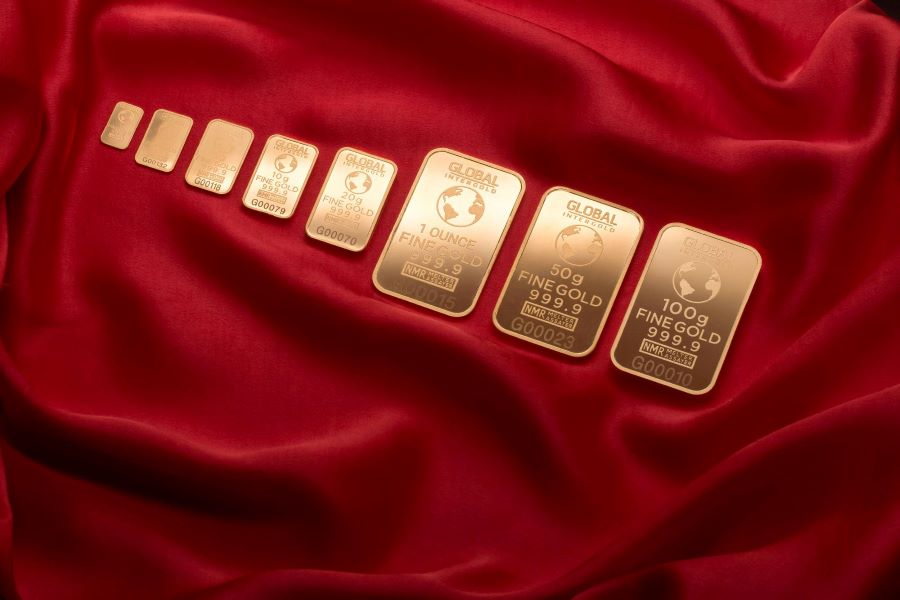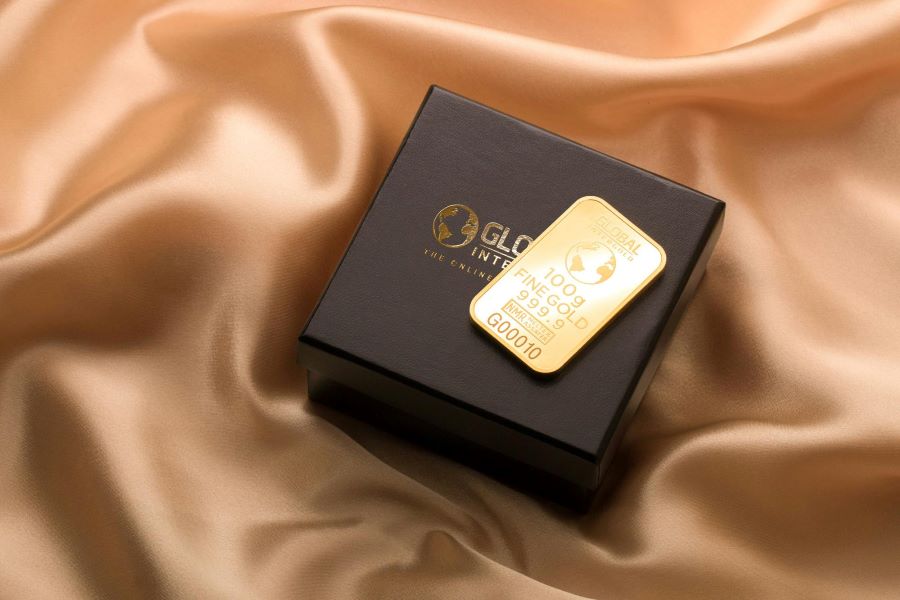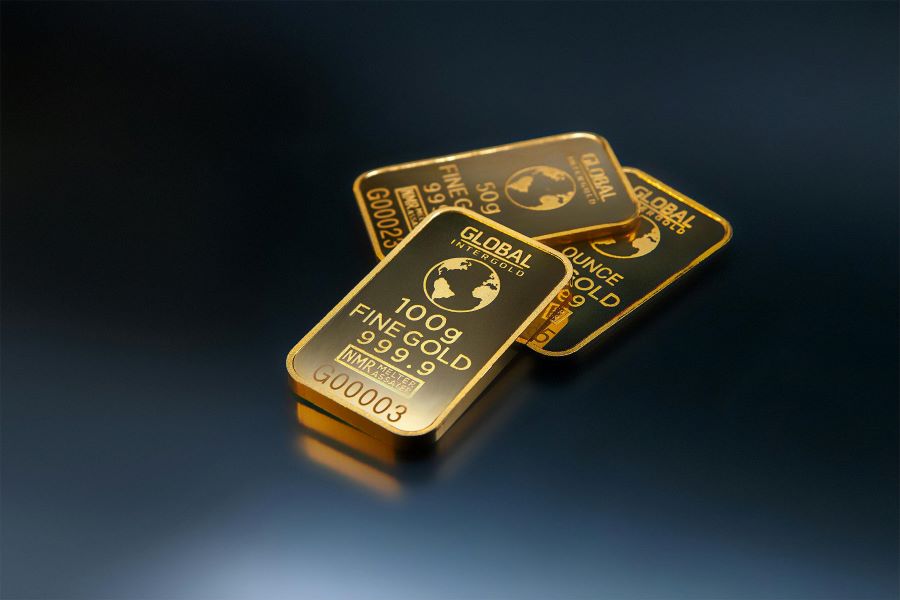Gold has long been regarded as a safe haven for investors, a tangible asset that holds value across time and geography. However, when it comes to investing in gold, there are various forms and purities to consider, each with its advantages and implications. Among the most commonly debated are 22-carat (22K) and 24-carat (24K) gold.
Understanding the differences between these two types of gold is crucial for making an informed investment decision. This blog will delve into the characteristics, benefits, and considerations of 22K and 24K gold to help you determine which is the better investment for your portfolio.
Want to get a gold loan after checking the purity of your gold jewellery? Apply for a gold loan from Airtel Finance today via the Airtel Thanks app! Your gold will be stored in secure lockers, and the loan will be provided at extremely low interest rates while being eligible for even more people.
Understanding Carat and Purity
The term “carat” in gold refers to its purity, measured on a scale from 1 to 24. Pure gold is 24 carats, meaning it contains no other metals. This purity is often referred to as “fine gold” and is marked with a fineness of 999 or 999.9, indicating 99.9% purity. On the other hand, 22-carat gold is an alloy containing 22 parts gold and 2 parts other metals, typically copper or silver. This equates to a fineness of 916 or 91.6% pure gold.
Read more: 5 ways to save your money with a personal loan
Characteristics of 24-Carat Gold
24K gold is the purest form of gold available. It is highly valued for its brilliant yellow colour and malleability, making it easy to mould into various shapes. This purity makes 24K gold ideal for investment purposes, such as bullion bars and coins, because it is recognised globally and is easy to trade. However, its softness also means it is not typically used for jewellery, as it can easily be scratched or bent.
Investing in 24K gold ensures you are getting the highest possible gold content per unit of weight. This purity translates to a higher intrinsic value and, generally, higher prices compared to lower-carat gold. 24K gold is often the preferred choice for investors seeking an easy and liquid asset. Its universal recognition and lack of alloys make it an ideal store of value and hedge against economic uncertainty.
Characteristics of 22-Carat Gold
22K gold, with its slightly lower purity, contains a small percentage of other metals, which enhance its strength and durability. This makes 22K gold more suitable for jewellery, especially pieces that are worn frequently. The additional metals give 22K gold a slightly less intense yellow colour compared to 24K gold, but it retains much of the visual appeal and lustre.
From an investment perspective, 22K gold is also valuable and sought after. It is commonly used in making coins and certain types of bullion. The presence of alloys makes 22K gold more resistant to wear and tear, which can be beneficial for those who intend to hold physical gold over long periods. Additionally, 22K gold jewellery often carries a high resale value, especially in markets where cultural or traditional preferences lean towards higher-carat gold jewellery.
Read more: 5 things you should not do with a personal loan
Price and Market Considerations
The price of gold is determined by its purity, weight, and current market conditions. 24K gold commands a premium price due to its purity, often resulting in higher costs per gram than 22K gold. However, the price difference can be justified by the higher intrinsic value of 24K gold.
Market demand plays a significant role in determining the best investment. In some cultures, particularly in India and the Middle East, 22K gold is highly prized for jewellery, driving demand and maintaining strong resale value. In contrast, Western markets may show a preference for 24K gold as a pure investment asset, reflected in the popularity of gold bars and coins.
When considering liquidity, both 22K and 24K gold offer advantages. 24K gold is universally recognized and easily traded, making it highly liquid. 22K gold, while also liquid, may require consideration of its form—whether it is in the form of jewellery, coins, or bullion—which can affect its resale process and value.
Read more: Gold loan vs. personal loan
Investment Goals and Preferences
Your investment goals and personal preferences will significantly influence whether 22K or 24K gold is the better choice. If your primary objective is to invest in gold for its intrinsic value and ease of trade, 24K gold is likely the superior option. Its purity and global recognition make it a straightforward and reliable investment.
However, if you value the durability and dual-purpose nature of gold—both as an investment and as jewellery—22K gold offers a compelling case. It combines significant gold content with added strength, making it ideal for pieces that will be worn and potentially passed down through generations. Additionally, in markets where 22K gold jewellery holds cultural significance, this form of gold can provide both aesthetic pleasure and financial security.
Read more: What are personal loan foreclosure charges?
FAQs
Q: Why is 24K gold more expensive than 22K gold?
A: 24K gold is more expensive because it is pure gold, containing no other metals. This higher purity increases its intrinsic value and market price.
Q: Is 24K gold a good investment for beginners?
A: Yes, 24K gold is a good investment for beginners due to its simplicity, high purity, and ease of trade. It is a straightforward way to invest in gold.
Q: Can I wear 24K gold jewellery daily?
A: 24K gold is very soft and can be easily scratched or bent, making it less suitable for daily wear. 22K gold is more durable and better suited for jewellery.
Q: Does 22K gold tarnish over time?
A: 22K gold, while more durable than 24K gold, can still tarnish or develop a patina over time due to the presence of other metals in the alloy. Regular cleaning and proper storage can minimise this effect.
Q: Which is easier to sell, 22K or 24K gold?
A: Both 22K and 24K gold are relatively easy to sell, but 24K gold might be easier due to its universal recognition and higher purity. The ease of selling 22K gold can depend on the form (jewellery, coins, bullion) and market preferences.
Q: Is investing in gold a good hedge against inflation?
A: Yes, gold, particularly 24K gold, is considered an excellent hedge against inflation. Its value tends to rise when the purchasing power of fiat currencies declines.
In conclusion, the choice between 22K and 24K gold depends on your investment goals, market preferences, and personal needs. 24K gold offers unmatched purity and liquidity, making it ideal for pure investment purposes. Meanwhile, 22K gold provides a balance of purity and durability, suitable for both investment and practical use. By understanding the unique benefits and considerations of each, you can make a well-informed decision that aligns with your financial strategy and preferences.




